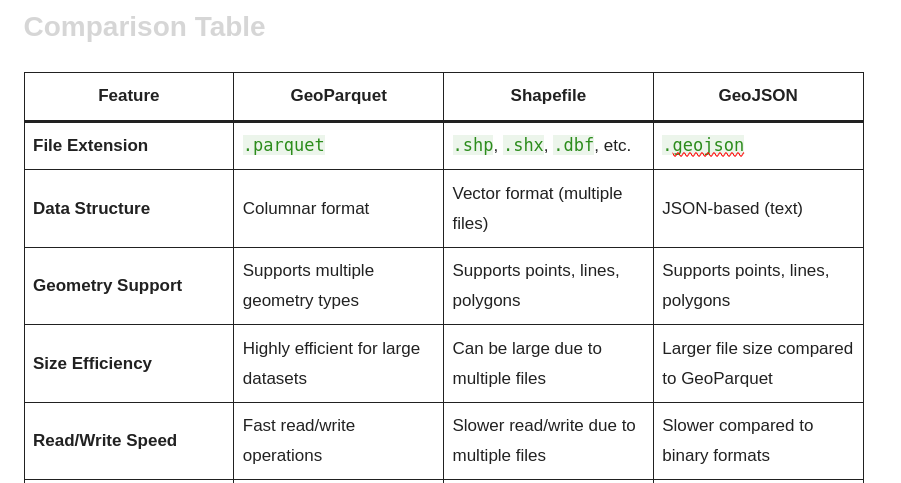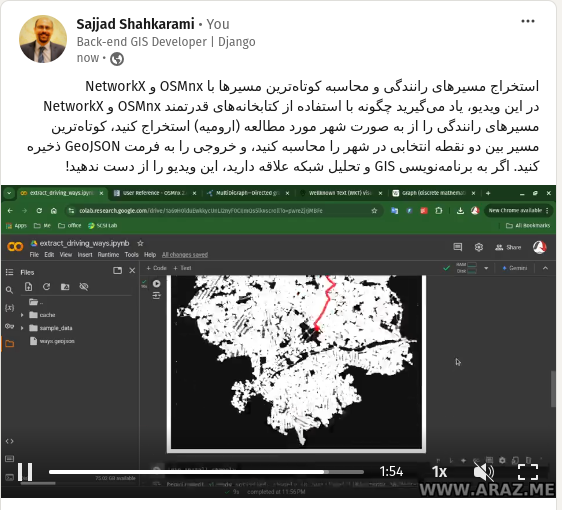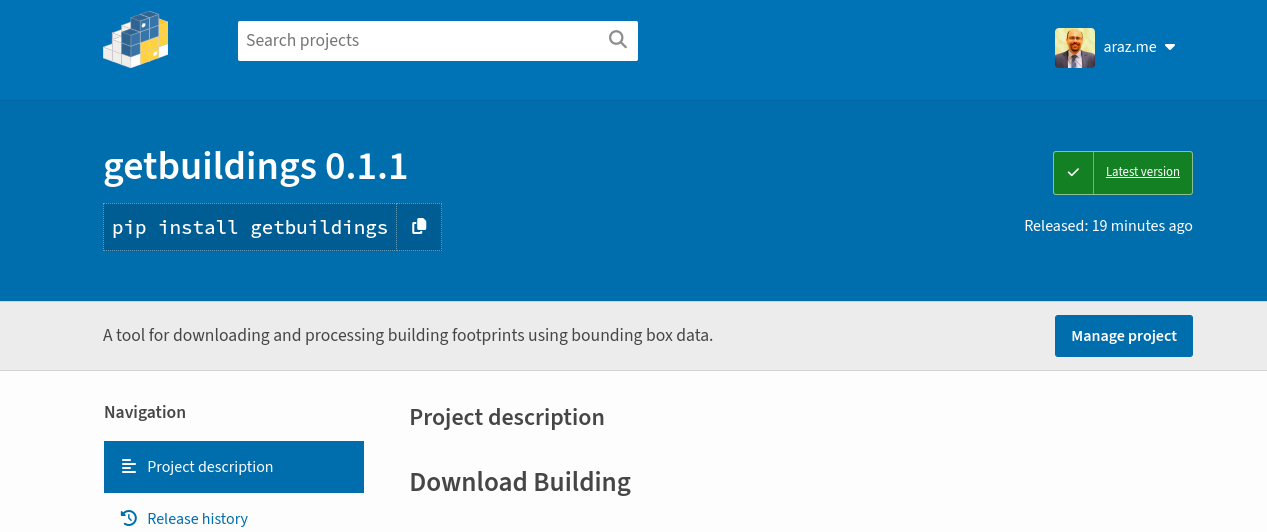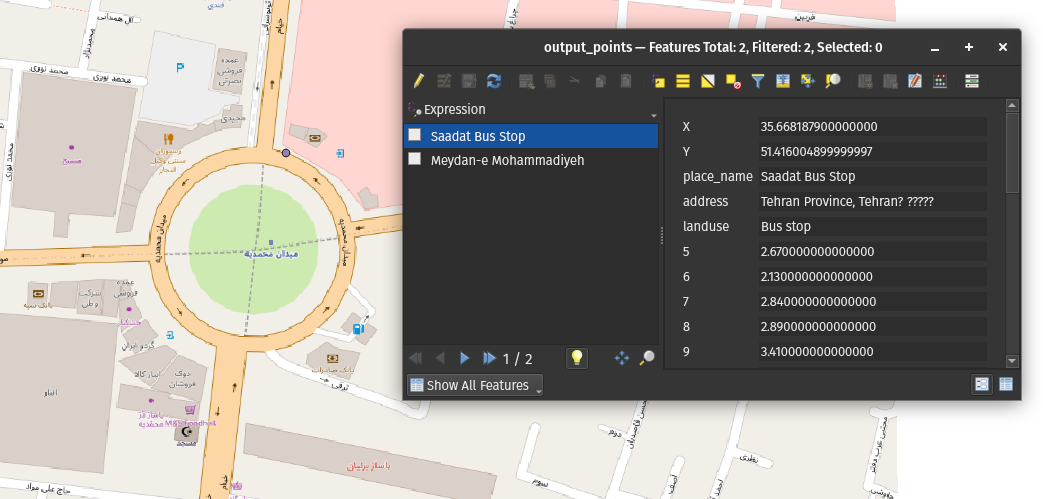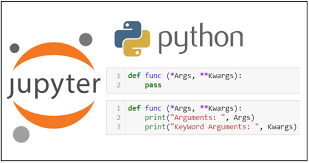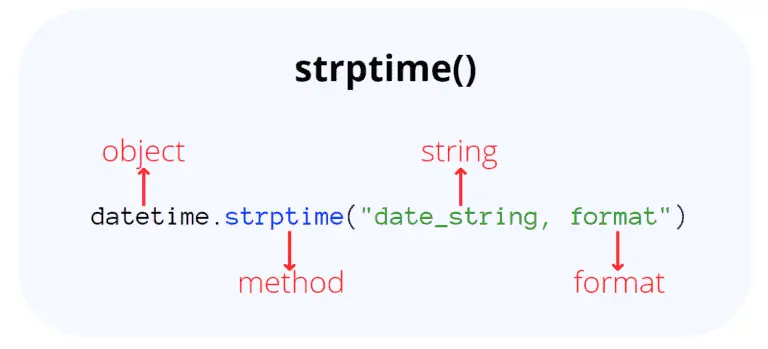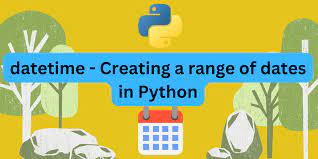GeoParquet vs Shapefile vs GeoJSON When it comes to handling geospatial data, choosing the right format is crucial for performance, compatibility, and usability. In this blog post, we will compare three popular geospatial data formats: GeoParquet, Shapefile, and GeoJSON. Each format has its strengths and weaknesses, making them suitable for different use cases. Below is…
python
Geofencing: A Powerful Tool for the Modern GIS Developer
Introduction In today’s interconnected world, geofencing has emerged as a groundbreaking technology that leverages geographic information systems (GIS) to redefine how businesses and organizations interact with the world around them. For GIS developers, understanding geofencing is not just an added skill but a vital component in creating innovative and impactful solutions. What is Geofencing? Geofencing…
Extracting and Visualizing Driving Ways with OSMnx and NetworkX in Python
This tutorial provides a step-by-step guide to extracting and visualizing driving paths in a specified location using Python’s OSMnx and NetworkX libraries. Learn how to compute the shortest paths between points, convert graph data into geospatial formats, and export the results as GeoJSON files for further analysis. Tutorial Content: Introduction Working with geospatial data is…
Building Footprint Processor: Simplify GIS Data Processing with Python!
Easily Process Building Data for GIS Projects! In this video, I introduce you to the Building Footprint Processor, a powerful Python library that makes downloading and processing building footprint data simple and efficient. Whether you’re a GIS developer, urban planner, or researcher, this tool is perfect for extracting geospatial data for any area of interest…
Scraping Google Maps Popular Times to Excel & Shapefile
Scraping Google Maps Popular Times to Excel & Shapefile | Python TutorialIn this comprehensive tutorial, you’ll learn how to harness the power of Python to scrape popular times data from Google Maps for any location. Whether you’re a data enthusiast, GIS professional, or just curious about your favorite spots, this step-by-step guide has got you…
*args and **kwargs in python
In Python, *args and **kwargs are special syntax that allow you to pass a variable number of positional and keyword arguments to functions. They are often used when you want to create flexible and generic functions that can accept a varying number of arguments. Here’s an explanation of each: When using *args and **kwargs, keep…
Parsing a string date in python
Parsing a string into a datetime object in Python is a common operation when you have date and time information stored as strings and you want to work with them as datetime objects. You can use the datetime.strptime() method (which stands for “string parse time”) to accomplish this. Here’s how you can do it step…
iterating over dates in Python
let’s create a real-world example of iterating over dates in Python. In this example, we’ll write a program that generates a list of dates within a specific range and then performs some action for each date. For simplicity, let’s say we want to print the dates in a given month. We will use the datetime…
Python Linked lists
Linked lists are a fundamental data structure in computer science and can be used in various real-world scenarios. In this tutorial, I’ll provide a simple example of implementing and using a singly linked list in Python, along with best practices. Scenario: Imagine you’re building a music playlist application, and you want to create a playlist…
group the iterable
The itertools library in Python is a powerful tool for working with iterators and generators. While itertools itself does not provide a direct “group by” function, you can use it to achieve similar functionality by combining it with other Python functions and data structures. We’ll walk through a tutorial with a real-world example of how…

